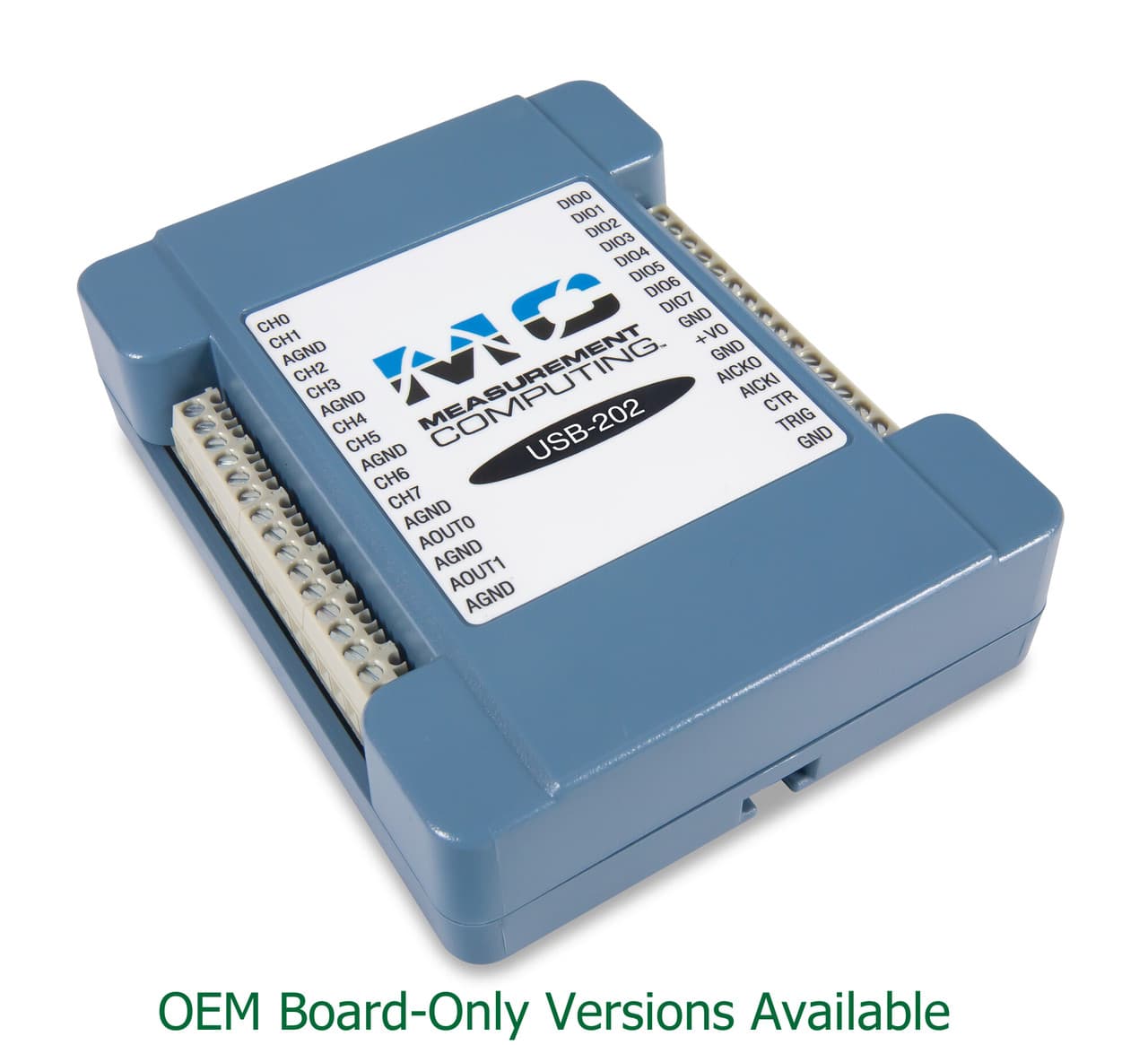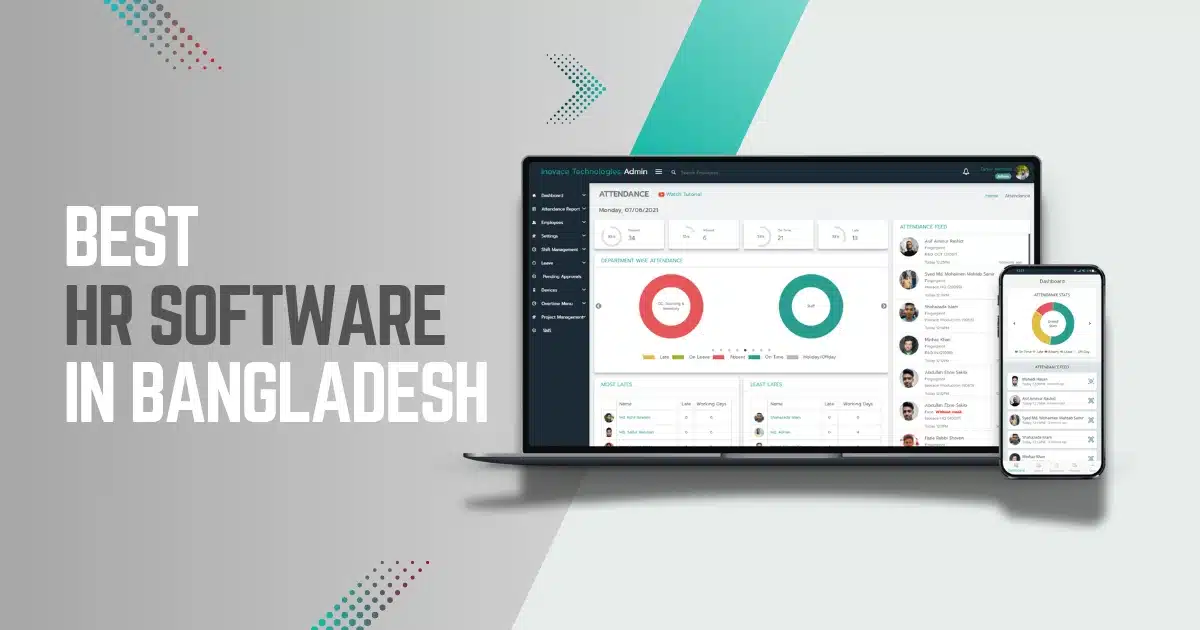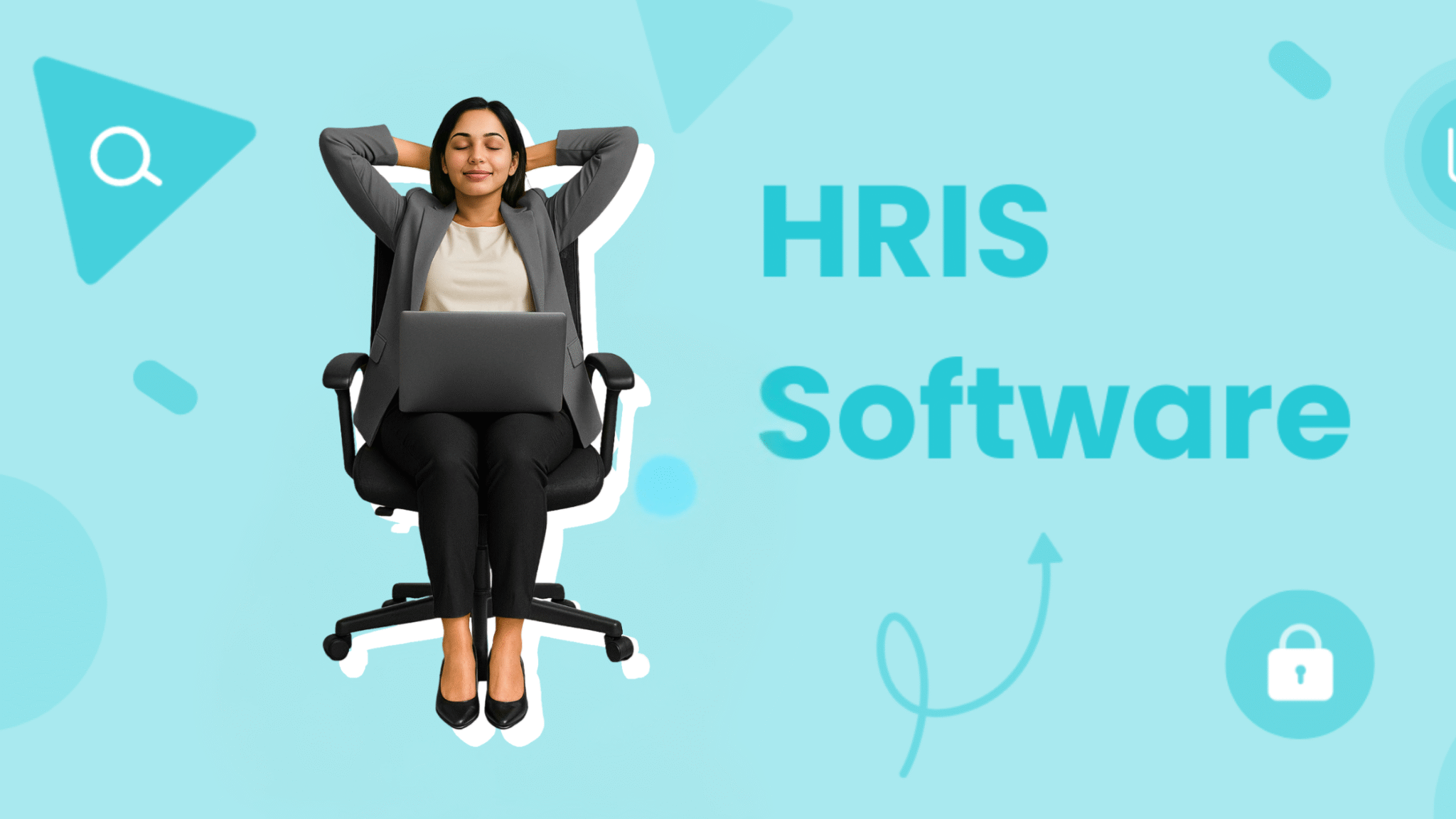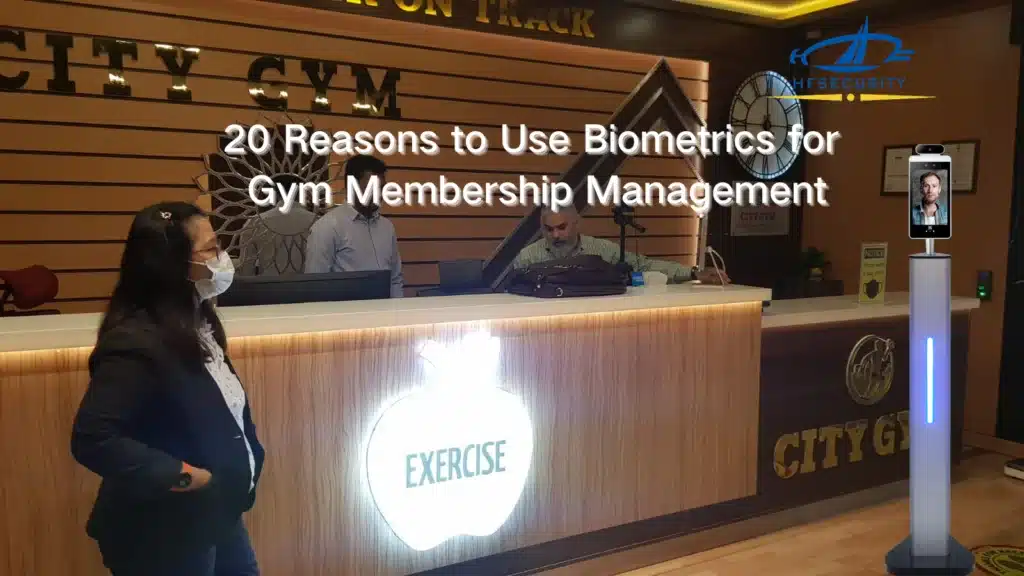When companies merge or get acquired, HR data portability is crucial. It means moving HR data from one company to another. This process must be smooth and secure. Here, we will explore what is required for HR data portability during acquisitions.

Credit: digilent.com
Understanding HR Data Portability
HR data includes employee records, payroll, benefits, and more. Portability means transferring this data without issues. It is important for both the old and new company. Employees must not face problems with their records.
Key Steps for HR Data Portability
There are several steps to ensure smooth data transfer. Each step is important. Here are the key steps:
- Assessment and Planning
- Data Cleaning and Validation
- Data Mapping and Transfer
- Ensuring Data Security
- Compliance with Legal Requirements
- Employee Communication
- Testing and Verification
1. Assessment And Planning
First, assess the data. Know what needs to be transferred. Plan the process. Make a list of all data types. Create a timeline. Allocate resources and assign tasks. Good planning is key.
2. Data Cleaning And Validation
Ensure data is accurate. Remove duplicates. Correct errors. Validate the data. Make sure it is up-to-date. Clean data makes the transfer smooth. It also prevents future issues.
3. Data Mapping And Transfer
Map the data to the new system. Ensure compatibility. This step involves matching old data fields to new ones. Then, transfer the data. Use secure methods. Verify that all data is moved correctly.
4. Ensuring Data Security
Data security is critical. Protect data during transfer. Use encryption. Follow best practices. Keep data confidential. Ensure only authorized personnel can access it. Data breaches can be costly.
5. Compliance With Legal Requirements
Follow legal requirements. Different regions have different laws. Understand these laws. Ensure compliance. Non-compliance can lead to fines. It can also damage the company’s reputation.
6. Employee Communication
Inform employees. Keep them updated. Explain the process. Address their concerns. Clear communication builds trust. It also ensures a smooth transition.
7. Testing And Verification
Test the data transfer. Verify accuracy. Check for errors. Make sure everything is correct. Testing prevents issues. It ensures data integrity.
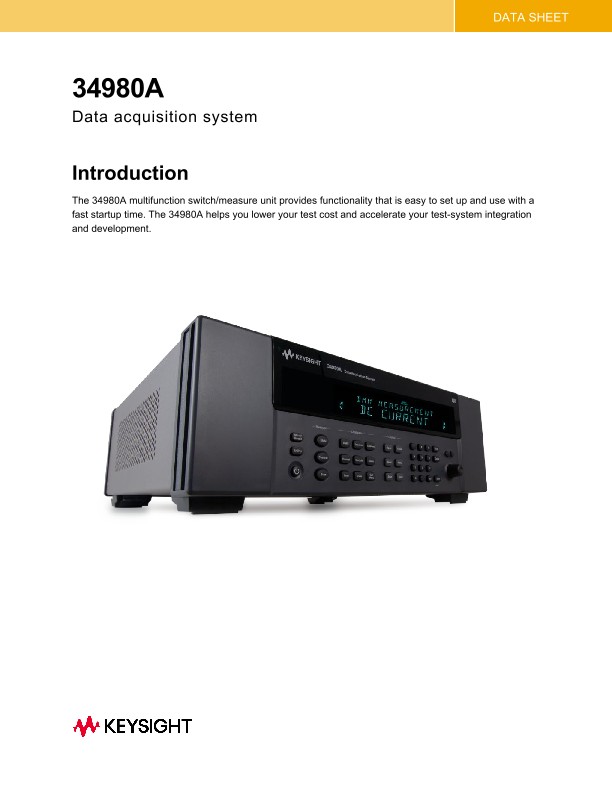
Credit: www.keysight.com
Legal Requirements for HR Data Portability
There are legal requirements to follow. These laws protect employee data. Here are some key legal aspects:
- Data Protection Regulations
- Employment Laws
- Contracts and Agreements
Data Protection Regulations
Data protection laws vary by region. The GDPR in Europe is one example. It has strict rules. Follow these regulations. Ensure data privacy. Non-compliance can lead to heavy fines.
Employment Laws
Employment laws protect workers’ rights. These laws cover data handling. Follow these laws. Ensure fair treatment of employees. Respect their rights during the transfer.
Contracts And Agreements
Review contracts. Check agreements with employees. Ensure compliance. Contracts may have clauses about data transfer. Follow these clauses. Respect employees’ rights.
Best Practices for HR Data Portability
Follow best practices for smooth data transfer. These practices help avoid problems. Here are some tips:
- Use Secure Methods
- Keep Data Organized
- Regularly Update Data
- Train Staff
- Monitor the Process
Use Secure Methods
Security is key. Use encryption. Follow best practices. Protect data during transfer. Avoid data breaches.
Keep Data Organized
Organized data is easier to transfer. Keep data in order. Use clear categories. Make sure it is easy to access.
Regularly Update Data
Keep data current. Regular updates prevent issues. Make sure data is accurate. This ensures smooth transfer.
Train Staff
Training is important. Train staff on data handling. Ensure they know the process. This helps avoid mistakes.
Monitor The Process
Keep an eye on the process. Monitor each step. Check for issues. Address problems quickly. This ensures a smooth transfer.
Challenges in HR Data Portability
Data portability can have challenges. Here are some common issues:
- Data Compatibility
- Data Volume
- Security Risks
- Legal Compliance
Data Compatibility
Different systems may not match. This can cause issues. Ensure compatibility. Map data fields correctly. This prevents errors.
Data Volume
Large data volumes can be hard to transfer. Plan for this. Use efficient methods. Ensure all data is moved.
Security Risks
Data security is a big concern. Protect data during transfer. Use secure methods. Avoid data breaches.
Legal Compliance
Follow all laws. Understand legal requirements. Ensure compliance. This prevents legal issues.
Frequently Asked Questions
What Is Hr Data Portability?
HR data portability is the process of transferring employee data during company acquisitions.
Why Is Hr Data Portability Important?
It’s crucial for seamless integration, legal compliance, and maintaining employee records during mergers or acquisitions.
What Data Is Included In Hr Data Portability?
It includes employee personal details, payroll, benefits, performance records, and employment history.
How To Ensure Hr Data Security During Portability?
Use encryption, secure transfer protocols, and limit access to authorized personnel only.
Conclusion
HR data portability during acquisitions is crucial. It involves several steps. Follow best practices. Ensure data security. Follow legal requirements. Keep employees informed. This ensures a smooth transition. Proper planning and execution are key.

